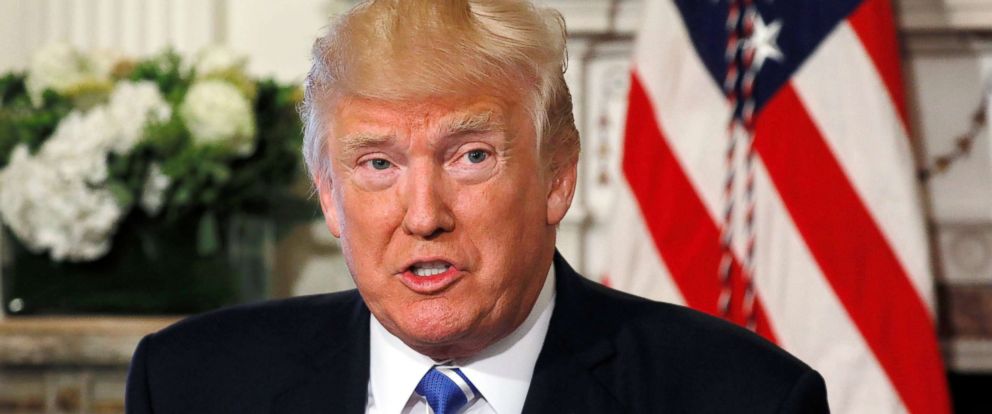[dropcap]T[/dropcap]he release of a more detailed outline of what President Donald Trump and the White House have in mind for tax reform has provided some new information but left many unanswered questions.
The generalities and lack of specific numbers included in the unified framework released by the White House on Wednesday mean that a great deal will be decided in committee once Congress works up its version of the plan.
That is going to be determined by committees on Capitol Hill.
All that has been confirmed right now is that the current seven tax brackets will be reduced to three brackets, with the possibility of adding a fourth.
The three brackets that were announced would divide taxpayers into those paying 12 percent in taxes, 25 percent and 35 percent.
Congressional committees will be allowed to add a fourth rate above the 35 percent rate if necessary, but both that decision
and the decision of what incomes will qualify for the differing brackets will be made later.
During an interview with ABC News chief anchor George Stephanopoulos on “Good Morning America” today, the president’s chief economic adviser Gary Cohn said that the tax plan “is purely aimed at middle-class families.”
While he gave one example of how a family of four earning $55,000 “can expect something in the neighborhood of 650 to 1,000 tax decrease,” he noted that “every tax situation is different.”
When asked if he could guarantee that no middle-class family will get a tax increase, Cohn said, “There’s an exception to every rule.”
That remains unknown. Administration officials have suggested broadly that the economic growth spurred by the corporate tax cuts will help with the costs of these cuts, but no specifics have been released.
Beyond saying “significantly,” the administration has not given any indication of how big the increase will be.
Right now, families with children under 17 get up to a $1,000 credit.
Aside from the credit itself, the administration is also reportedly planning to increase the number of families that would be able to receive the credit, though again did not give specifics about the limits.
Under current law, credit starts to phase out for single individuals making $75,000 and it starts to phase out with married couples making $110,000.
The plan also includes a $500 tax credit for non-child dependents, like elderly relatives.
That’s unclear.
On “Good Morning America,” Cohn would not directly answer if the president would benefit, but deflected and said “the wealthy are not getting a tax cut in our plan.”
That said, there are other ways that wealthy individuals could benefit from the plan besides tax cuts.
One clear example of such a move is the elimination of the estate tax which taxes property and wealth that is passed on to other generations.
In theory, the individual who amassed the wealth in the first place would not benefit directly because they would be deceased, but their heirs would benefit.
On Wednesday, Trump told a crowd in Indiana that the plan is “not good for people like me.”
“We are eliminating most itemized deductions that primarily benefit the wealthiest taxpayers,” he said.
By ABCnews.com – http://abcn.ws/2xJv9Qx
